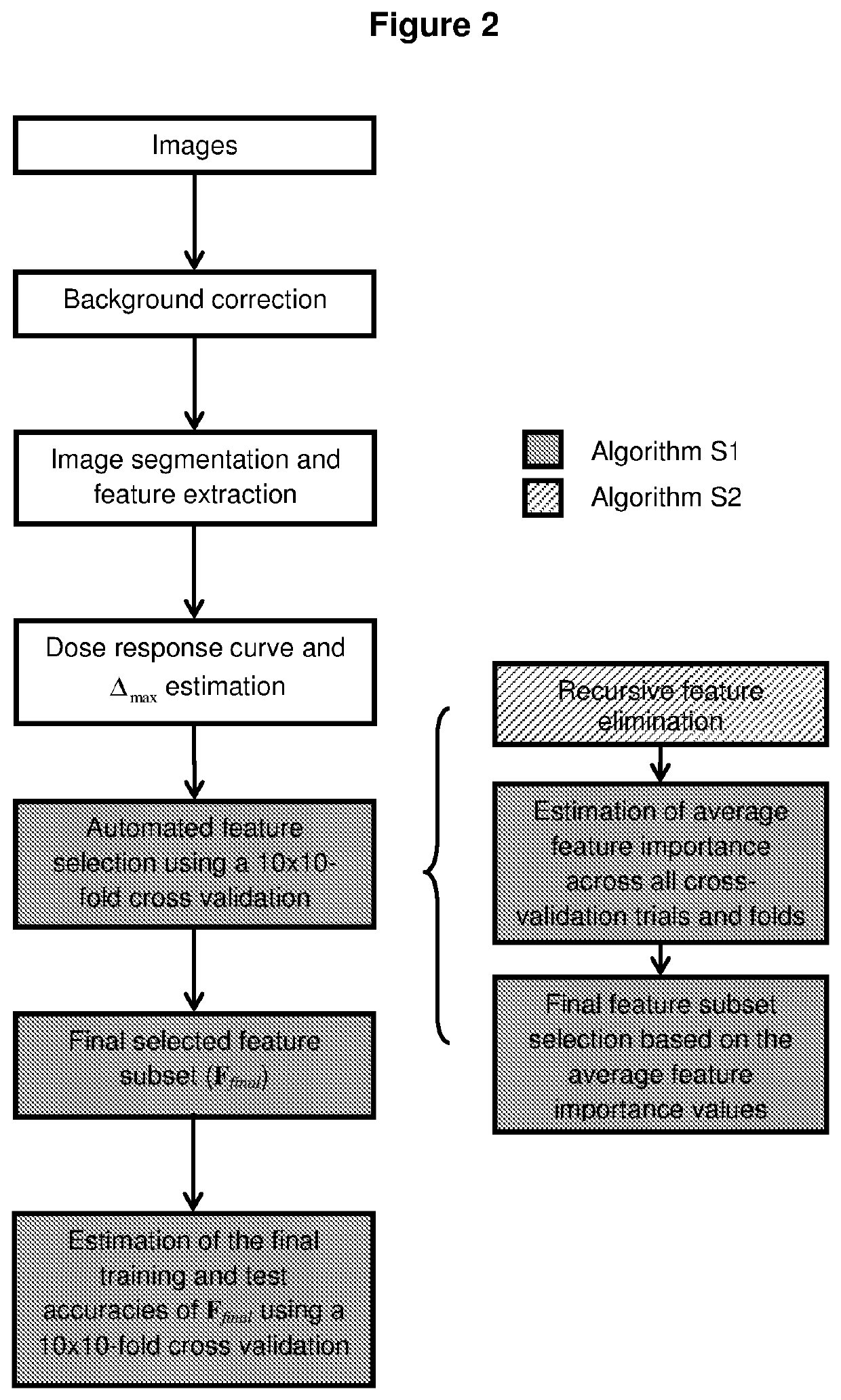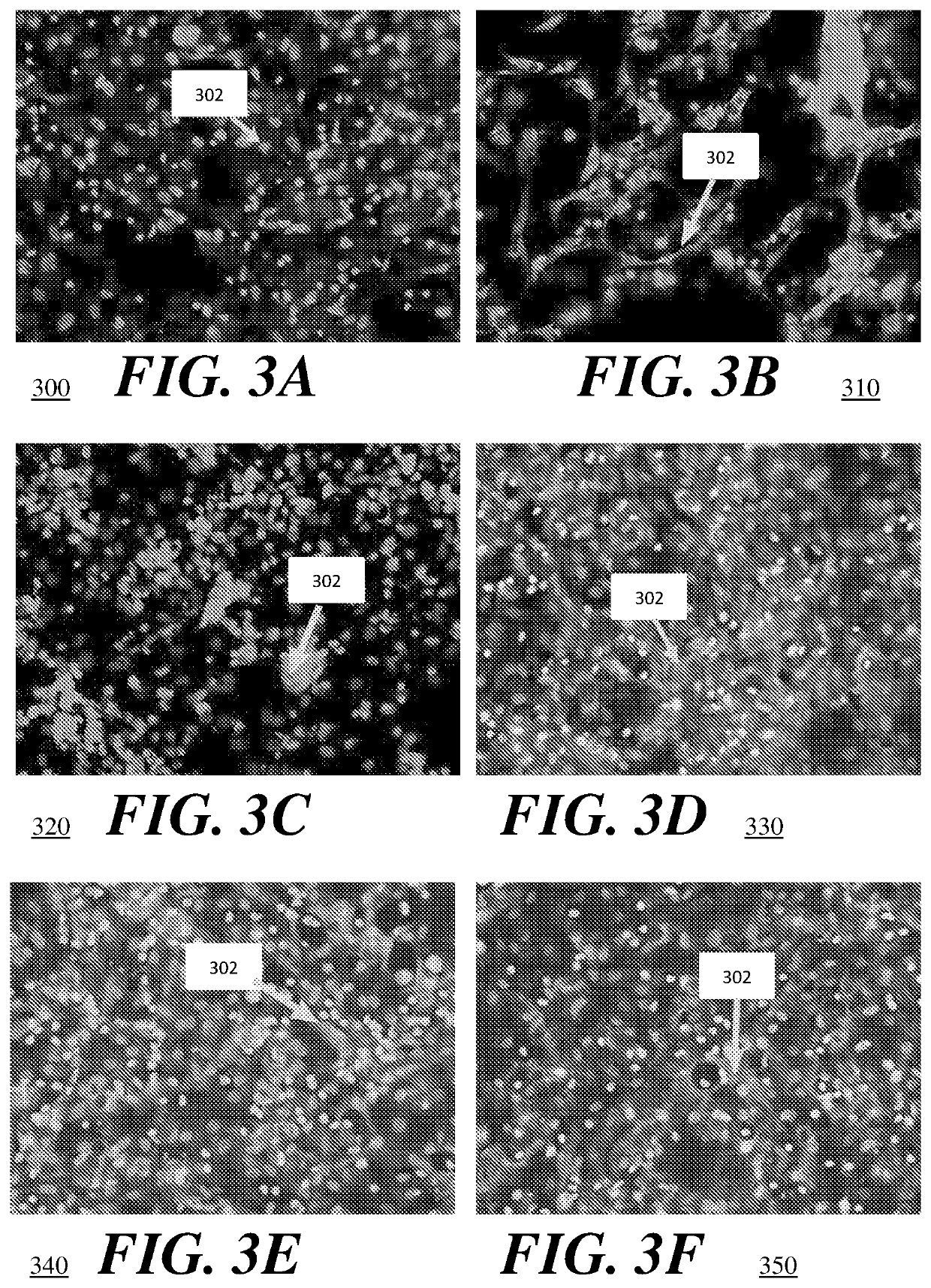High throughput method for accurate prediction of compound-induced liver injury
a high-throughput, compound-induced technology, applied in healthcare informatics, instruments, image enhancement, etc., can solve the problems of liver failure, animal models cannot be used anymore for the testing of cosmetics developed or marketed, food industry is now under substantial pressure from animal activist groups
- Summary
- Abstract
- Description
- Claims
- Application Information
AI Technical Summary
Benefits of technology
Problems solved by technology
Method used
Image
Examples
example
[0068]To demonstrate the present embodiment, HepG2 cells (used as controls) and HepaRG cells were purchased from the American Type Culture Collection (ATCC. Manassas. Va., USA) and ThermoFisher Scientific (Singapore), respectively. The HepG2 cells were cultured in T75 Corning Costar flasks with Dulbecco's modified eagle medium (DMEM) supplemented with 10% fetal bovine serum (FBS) and 1% penicillin-streptomycin. The HepG2 cells were seeded into 384-well black plates with transparent bottom (#781091; Greiner, Kremsmuenster, Austria) at a density of 10.000 cells / cm2. The HepG2 cells were cultured for three days to attain confluency before overnight compound treatment of sixteen hours. The HepaRG cells were directly seeded at a density of 250.000 cells / cm2 into 384-well black plates with transparent bottom (#781091; Greiner) coated with 100 μg / mL collagen I. For the first twenty-four hours of cultivation a Williams E medium, supplemented with HepaRG Thaw, Plate & General Purpose medium ...
PUM
| Property | Measurement | Unit |
|---|---|---|
| time duration | aaaaa | aaaaa |
| time duration | aaaaa | aaaaa |
| concentration | aaaaa | aaaaa |
Abstract
Description
Claims
Application Information
 Login to View More
Login to View More - Generate Ideas
- Intellectual Property
- Life Sciences
- Materials
- Tech Scout
- Unparalleled Data Quality
- Higher Quality Content
- 60% Fewer Hallucinations
Browse by: Latest US Patents, China's latest patents, Technical Efficacy Thesaurus, Application Domain, Technology Topic, Popular Technical Reports.
© 2025 PatSnap. All rights reserved.Legal|Privacy policy|Modern Slavery Act Transparency Statement|Sitemap|About US| Contact US: help@patsnap.com



